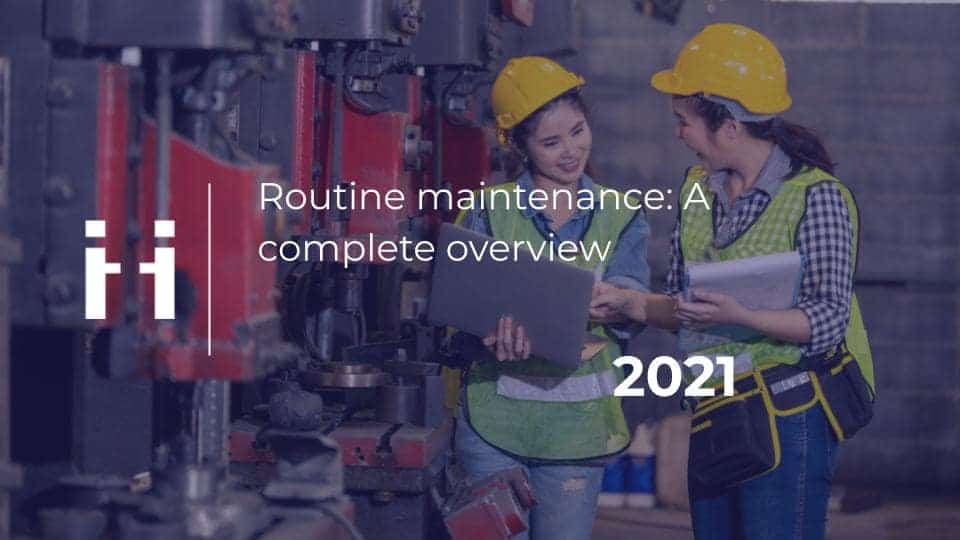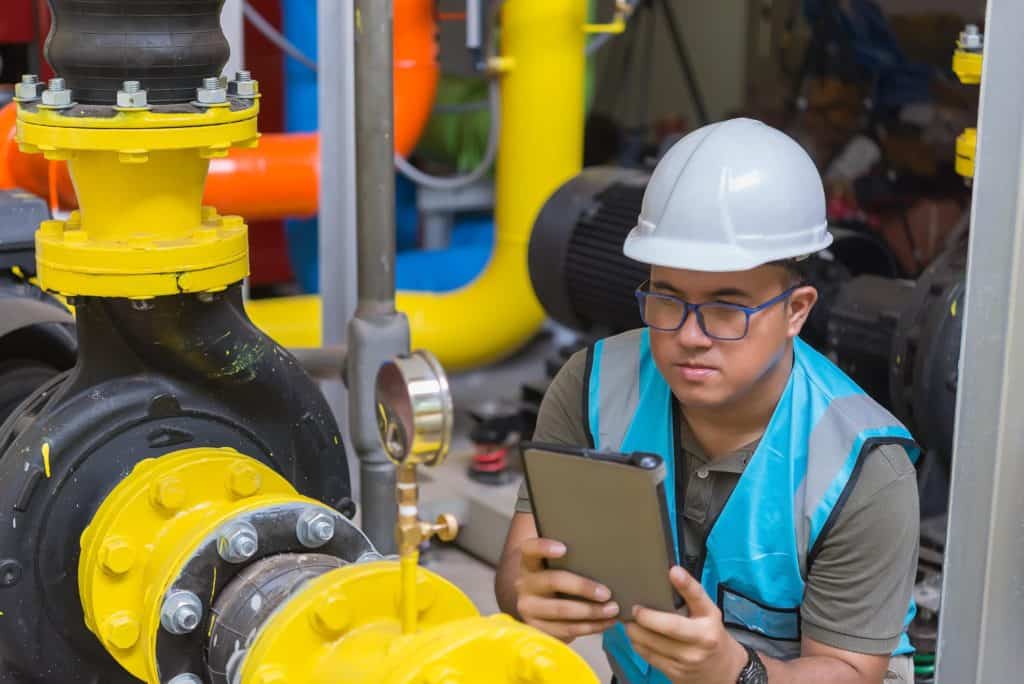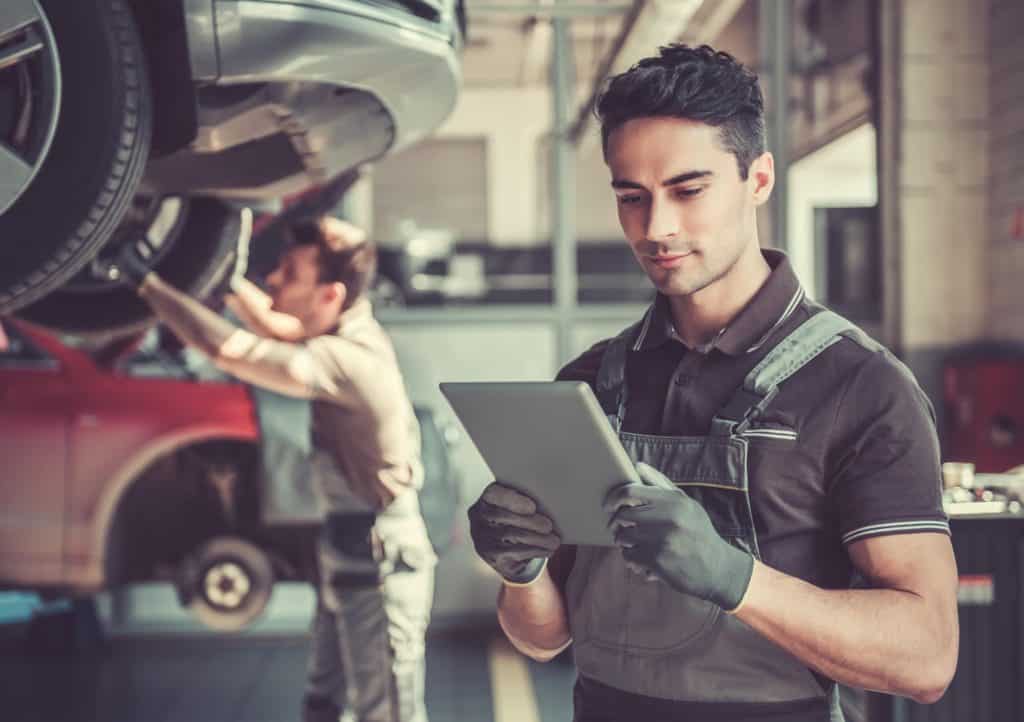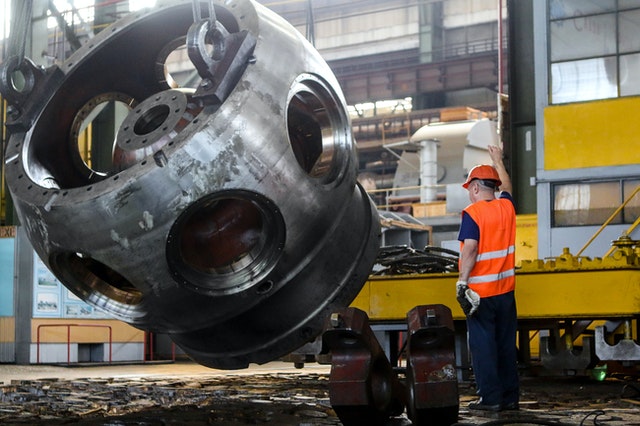
Share this article
Share this article
Routine maintenance refers to maintenance activities, e.g., machine servicing and inspections, that are performed on a regular basis in order to reduce machine failure.
Also called preventive maintenance, these activities need to occur regularly according to an ongoing maintenance schedule. For example, they can occur daily, weekly, monthly, or annually. When done correctly, these tasks assist in identifying and preventing issues before they can contribute to equipment failure and/or damage.
Preventive routine maintenance plays an important role in ensuring that the company systems remain functional and up-to-date. They can include regular service work or inspections. Often, the preventive maintenance tasks are quite straightforward.
Common examples of preventive maintenance include adjusting, cleaning, or lubricating machinery and extra moving parts of assets that are in use at a worksite. When the maintenance procedure that needs to take place is unclear, the on-site technician can use visual support solutions like ViiBE to contact remote experts. With a live video stream and collaborative tools, the expert can view the full situation that the technician is experiencing with the asset and then guide the technician through step-by-step instructions on how to resolve the issue.

Notable examples of preventive routine maintenance include the following activities:
• Checking for, inspecting, and replacing all damaged utilities, e.g., light bulbs and workplace signage
• Routinely inspecting equipment to guarantee safety and proper operation
• Checking, testing, and maintaining all workplace safety equipment, e.g., alarm systems, fire extinguishers, and safety barriers
• Replacing parts that have started to show wear and tear. This could be via scheduled field service work orders
• General workplace maintenance activities, e.g., landscaping, cleaning floors, trash removal, washing windows, and replacing HVAC filters.
• Applying smoke restrictions in the office
Preventive maintenance allows for the complete replacement of workplace equipment following the recommendations of a routine inspection.
It’s recommended that vehicle owners take their cars to a respected and well-known car professional for regular tune-ups, replacement of consumable items, and vehicle inspections.
Apart from getting to enjoy the many benefits that come with a virtual car inspection, the car professional can also replace items such as:
• Worn out brake pads
• Motor oil
• Deteriorating wiper blades
• Radiator coolant
• Power steering fluid
• Brake fluids
Depending on the vehicle model, the car may need routine mechanical maintenance, which will involve replacing the air and fluid filters, spark plugs, timing belts, and drive belts.
Hoses and belts will wear out over time. Additionally, rubber hoses may swell or crack, causing the vehicle to develop a leak. As the car approaches 100,000 miles, one should consider taking it for an inspection that will enable the mechanic to check the power steering, power brakes, and radiator hoses.
Ensuring that owners keep up with preventive car maintenance will ensure the vehicle continues to run more efficiently. It also prevents the development of more serious issues.

Preventive maintenance can assist in eliminating the need for reactive maintenance.
All its tasks are aimed at making sure that company assets and equipment are in great working condition. In the long run, this leads to better productivity, improved safety, fewer failures, and increased profitability for the company.
Keeping the company assets in great shape/ working condition can reduce breakdowns due to parts breakdown or system malfunctions.
Routine maintenance refers to maintenance activities that are performed regularly or on a continuous basis. The goal is to analyze and inspect assets to identify problems and create work orders, so the problem can be resolved before the asset reaches equipment failure.
Technicians can use visual support solutions to inspect and fix assets with remote experts via a live video feed and collaborative tools. Many modern pieces of equipment come with two inbuilt lights: a check system light and maintenance required light. These lights may help you identify when routine maintenance is required.
It’s also known as the ‘service required light’ and gets triggered by mileage. Automakers apply different standards for when this light should turn on. For example, some will automatically program it to turn on after every 10,000 miles.
The light reminds the vehicle owners to take their vehicles for scheduled maintenance, e.g., new tires, spark plugs, and oil changes. Automotive specialists will normally reset the light when servicing the automobile.

Also known as the service engine soon light, this light differs from the ‘maintenance required light’ in numerous ways.
Firstly, this light doesn’t rely on the mileage covered to become active. It only activates itself when it notices a certain fault in the vehicle, e.g., if the vehicle begins to overheat.
Vehicle owners need to use a code reader to identify the source of the problem. Common problems that can cause the check engine light to turn on include:
• Worn spark plugs
• Faulty gas cap
• Bad mass airflow sensor
• Overheating engine
• Bad oxygen sensor
The top 5 benefits of routine maintenance include:
1. It increases safety
2. Preventive maintenance keeps the machinery performing at optimal levels
3. It saves the company money
4. It assists in lowering the costs of fuel
5. It improves system speed and performance
The following is a look at 5 ways planned routine maintenance helps the company to reduce unscheduled downtime:
1. It reduces equipment maintenance costs
2. It allows company personnel to get an insight into common performance issues and their causes
3. Preventive maintenance allows the key decision-makers to make data-driven decisions
4. It will enable the company to identify asset problems before they become a major issue
5. Preventive maintenance ensures the equipment will remain in working order at all times
Routine and periodic maintenance are two different types of maintenance. Routine or preventive maintenance refers to activities such as machine servicing and inspections. Periodic maintenance refers to the activities performed on machinery based on a prearranged time interval. It’s also called time-based maintenance.
Periodic maintenance refers to a maintenance strategy where certain tasks have to occur after a set time interval. They are activities that must be completed while the machine is operational. All its activities have to happen ahead of time, regardless of whether the machine in question has started showing any signs of deterioration.
The periodic maintenance for each piece of machinery will vary from one manufacturer to the next. Some will place it on mileage while others insist on a time interval, e.g., every 6 months.

The machinery will undergo periodic inspection, servicing, cleaning, and parts replacement when following a time-based maintenance strategy. All this is done with the primary aim of preventing a sudden or unexpected failure.
• It has lower long-term costs.
• It comprises tasks that don’t require extensive training, e.g., re-tightening screws and lubricating moving parts.
• Planning time is needed.
• Parts replacement occurs before the parts have reached their end of life.
Free E-book available now!